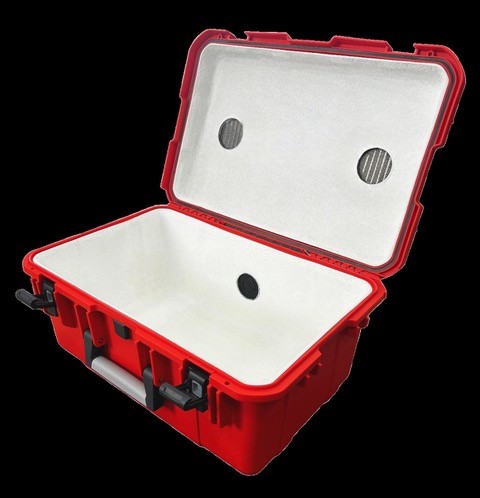 Chemstore, the leading expert in hazardous materials storage and a trusted specialist in lithium-ion battery safety, has introduced the BSK1 – Battery Charging and Transport Case. This innovative solution ensures the safe charging, storage, and transport of lithium-ion batteries.
Chemstore, the leading expert in hazardous materials storage and a trusted specialist in lithium-ion battery safety, has introduced the BSK1 – Battery Charging and Transport Case. This innovative solution ensures the safe charging, storage, and transport of lithium-ion batteries.
The BSK-1 fire has been developed to meet the highest safety standards for lithium-ion battery storage and transport. Its unique cable gland design allows users to safely charge their batteries within the case, ensuring maximum safety and convenience. The case’s lightweight and robust construction, coupled with its easy handling, makes it suitable for both indoor and outdoor use.
Key features of the BSK-1 fire protection case include:
- Affordability: BSK-1 is available for less than £500 per unit
- Fire-resistant interior fittings: Derived from cutting-edge fire and explosion protection technologies, including dust-free PyroBubbles cushions.
- Maximum protection: The case maintains an outside temperature below 100 °C, with no emission of flames or splinters in the event of an emergency, providing top-tier protection for people and their surroundings.
- High dielectric safety: Suitable for strong power tools or defective batteries, ensuring versatile use.
- Tested technology: Developed according to the latest hazardous goods technology and successfully tested in real-time fire scenarios.
- Capacity: Accommodates a maximum dangerous goods weight of 8 kg with inner dimensions of 520 x 320 x 245 mm.
Rising incidence of lithium-ion battery fires
There has been a significant rise in the use of lithium-ion batteries globally, driven by the growing popularity of power tools, electric vehicles, and portable electronics. However, this surge in usage has also led to a concerning rise in lithium-ion battery fires, with UK fire services attending 46% more fires linked to lithium-ion batteries in 2023 than 2022. The impact of lithium-ion battery fires can be devastating; a factory fire in South Korea in June 2024, involving exploding lithium-ion batteries tragically resulted in 22 fatalities and highlights the urgent need for reliable and safe storage solutions .
 Speak to the experts
Speak to the experts
As the go-to experts for lithium-ion battery storage, Chemstore has become the preferred partner for industry leaders across multiple sectors, including construction, education, logistics and motorsport, where the demand for safe battery storage is paramount.
The BSK-1 represents the latest addition to Chemstore’s expanding range of lithium-ion battery storage solutions, which includes safety products at every stage of the process when working with lithium-ion batteries, including: –
- External fire rated modules for bulk storage of batteries
- Fire rated internal cabinets for storage and charging of batteries within the workplace
- Range of battery storage and transport boxes for all sizes and types
- Emergency response quarantine cases for critical / failing batteries
Mike Brodie, Managing Director of Chemstore, commented on the launch: “The BSK1 – Battery Charging and Transport Case is a simple yet effective solution to the increasingly common problem of safely charging, storing, and transporting lithium-ion batteries. Whether for power tools, ebike/escooter charging or defective batteries, the BSK-1 offers peace of mind that batteries are protected.”
“We are thrilled to expand our lithium-ion battery storage offering, reinforcing our commitment to providing cutting-edge solutions that address the evolving needs of our customers and ensure the highest safety standards.”
For more information on the BSK-1 fire protection case and other lithium-ion battery storage solutions, visit: www.chemstore.co.uk







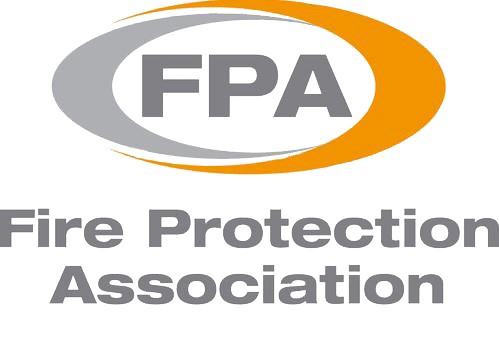
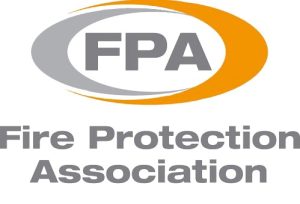 The Fire Protection Association (FPA) is advocating for the new government to prioritise fire life safety and property protection within its built environment strategy. The FPA has unveiled six key policy statements aimed at driving these changes.
The Fire Protection Association (FPA) is advocating for the new government to prioritise fire life safety and property protection within its built environment strategy. The FPA has unveiled six key policy statements aimed at driving these changes.

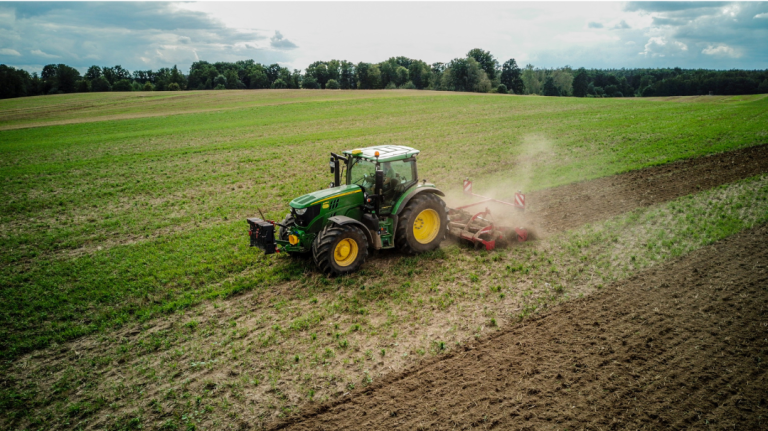

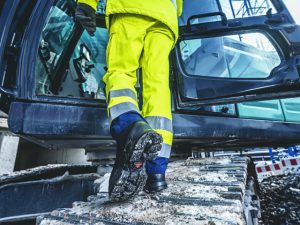 Depending on workplace hazards, there may be additional requirements beyond the basics. Footwear that offers protection in these specific areas are marked with letter-based codes. Under the 2022 standard, the range of additional requirements has gone from 12 to 18.
Depending on workplace hazards, there may be additional requirements beyond the basics. Footwear that offers protection in these specific areas are marked with letter-based codes. Under the 2022 standard, the range of additional requirements has gone from 12 to 18. 

